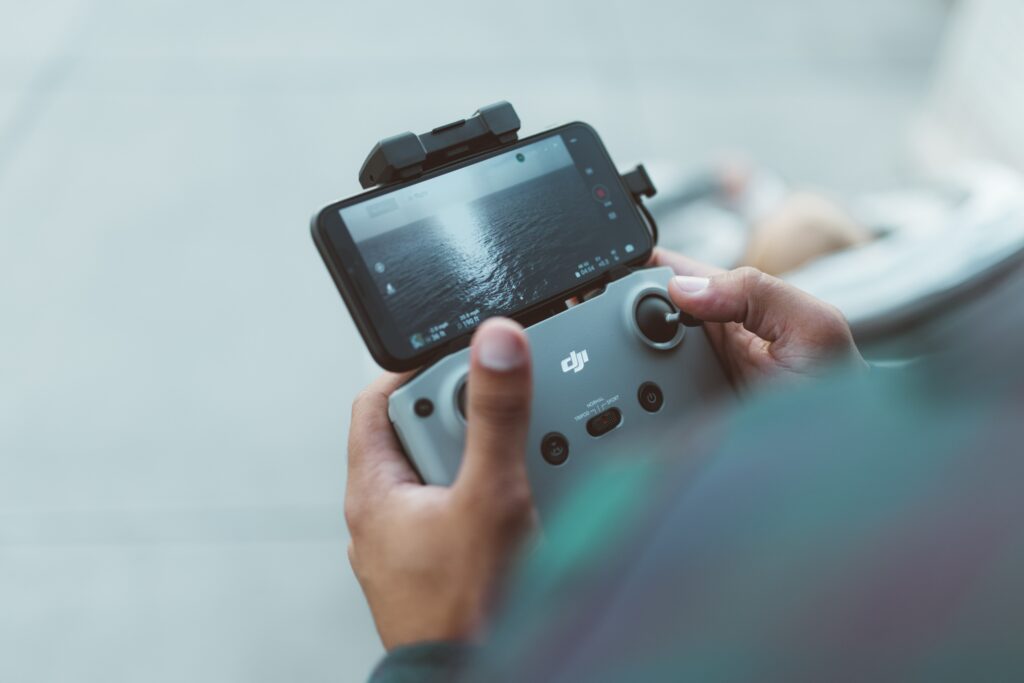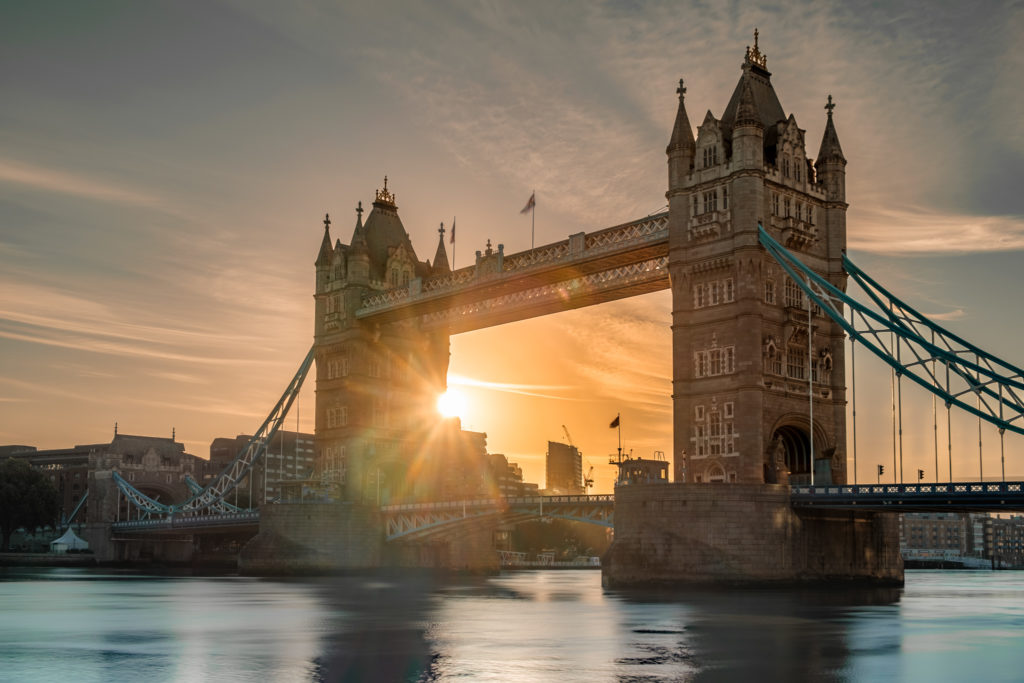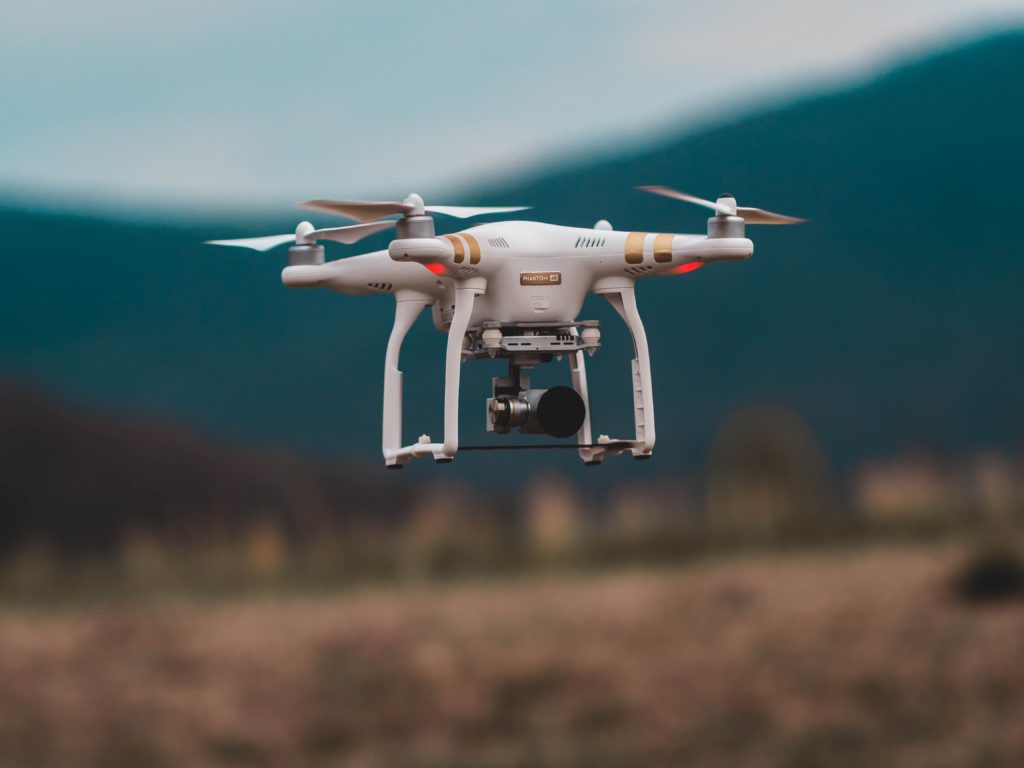Fashion, portraiture, documentary, sport and commercial. If I were to give you one of these genres, you would almost certainly be able to give me the name of one of its most famous photographers. These photographic careers can create superstars, global names like Annie Leibovitz, David Bailey and Don McCullen. Of course below these genres sit many other, somewhat more obscure branches of photography. Some vital, some not but all can rightfully be called photographic careers even if they do not have the same showbiz nature of the top professions. Today we are going to take a look at a few of these lesser known photographic paths.
Medical Photographer: Also know as biomedical photographers, this branch certainly falls into the vital criteria. Highly trained but often poorly rewarded, medical photographers cover a wide range of subject matter and skill sets. A medical photographer might record the illness and recovery of a patient, the trauma wounds of a critically injured person, before, during and after reconstructive or cosmetic surgery or creating training images for doctors and nurses.
Most medical photographers will enter the business with a good degree in one of the main sciences from college or university. They will not only be trained in photography but also anatomy, physiology and medical terminology.
Photographically they will need to understand not only visible light but also ultra violet and fluorescent light. Macro and macro lighting is a large element of the job and increasingly video as well.
[url=https://flic.kr/p/dnc5ES][img]https://farm9.staticflickr.com/8189/8116089574_ee628f5965_z.jpg[/img][/url]
Medical Photography requires a huge range of different skill sets. By Phalinn Ooi
Cruise Ship Photographer: Imagine travelling the world, a different port every day, exotic locations the norm. In reality a cruise ship photographer might be working onboard the ship for up to 15 hours a day. His or her contract will be for six to nine months and they will be expected to work every single day. The job of a cruise ship photographer is to create and sell photographs and DVD videos to the passengers. They will be expected to take portraits, shots in the dining room and on the gangway. Virtually every day there will be a shoot of some sort. The photographs are either printed or displayed digitally and sold to the passengers. It can be a good grounding in working in a fast commercial photographic environment but it will not suit all photographers.
Most photographers are employed on a freelance basis meaning they need to provide their own equipment, medical insurance and very often a bond. That said, those with the relevant skills might find themselves working on the smaller, more expedition style ships where there is much more leeway for creative photography.
[url=https://flic.kr/p/kSYLWp][img]https://farm8.staticflickr.com/7347/13047680835_d9d40252b1_z.jpg[/img][/url]
Cruise ship photography may sound exotic but involves long hours, months way and low pay. By amateur photography by michel
Forensic Photography: Another genre that falls into the vital category. Forensic photography, like medical is a highly skilled and under rewarded profession. The roll of the forensic photographer is to create a permanent record of crime scenes and accidents to be used as evidence in courts of law. Most photographers will start out as crime scene investigators before going on to specialise in photography. An eye for detail and strong methodology are vital requirements. Almost as an opposite to many other fields of photograph, forensic photographers are striving to capture the absolute reality of a scene, including scale and even lighting. As with medical photography an understanding of macro and lighting techniques is important. Depending on where you work you might be employed by the local police authority or a private company. You will be on call 24 hours a day according to rota.
[url=https://flic.kr/p/7Vtaxz][img]https://farm5.staticflickr.com/4062/4543215027_935f059c7e_z.jpg[/img][/url]
Forensic photography is highly disciplined and requires many skills. By Jack Spades
Real Estate: This is a niche that has grown exponentially over the last 15 years as estate agents realise the benefit of good photography. Before, having professional photographs made was the preserve of higher end properties, the mid to low end being covered by the agents themselves. These days even low end properties are often photographed professionally, making even the smallest studio apartment look like a des-res. In major cities the photography is often done by dedicated companies who for a package price will not only provide 6-10 photos but also create scaled floorplans of the property. In more rural areas, it might be a local photographer that is contracted to do the shots.
Depending on the property, photography might range from simple representations of the main rooms of the house up to high end, detailed and creative images for real estate magazines.
Real estate photography is not particularly well paid, making money is more based on numbers than trying to get solely high end commissions.
[url=https://flic.kr/p/pRm2Rj][img]https://farm6.staticflickr.com/5601/15654622432_b55d2c812a_z.jpg[/img][/url]
Real Estate photography needs to make a place look good but without exaggerating. Stephen Harris
These are just a few of the many lesser know areas of photography. There are of course many others and if you have one in mind, why not let us know on our Facebook page





9 Comments
Another area is textbook photography. I shoot for science textbooks, which covers a very broad range of genres. I shoot everything from landscape and aerial to macro and microscopy. Its a fascinating field and always a challenge. Color, scale and composition are extremely important. Somedays I am asked to shoot a bag of groceries and the next day a petri plate of bacteria. It never gets dull!
Lisa, that actually sounds really cool! So much variety!
I very much like your idea, i have done photos all my life, but never actually studied because there’s too many photographers already, but this is something i never thought. Thanks!
How do you find employment in this area? (Textbooks)
Lisa, thanks for the post! The area of microscopy photography is my latest undertaking as it is the last area in which I lack sufficient experience before I pursue a career such as yours. I couldn’t quite hack vet school but I have a solid background in the sciences (although it’s been 9 years since I was in a bio or chem lab so I suppose I’m a little out of date in regard to new technologies). Once I finish refreshing myself in microscopy, how do I go about looking for textbook opportunities? Who hires you: the author or the publisher? Or do they choose images a la carte from many different photographers? I’d love any info you are willing to share. Thanks!
Even within the photography community, portraiture is sometimes seen as a lesser endeavor. “Real” photographers are out there capturing the essence of humanity whereas portraits are mundane. In a lot of ways, portraiture can feel like “selling out”.
What is the best area of photography for a beginner who`s over 60 years old?
Marion,
That depends on many factors. Location, physical capabilities, what you enjoy, local market are some factors to consider. The best way to begin is just to begin. Get out there every day and polish those skills.
Two other lesser known groups are military and government photographers. You are essentially an inhouse photographer that is expected to be able to produce any and all types of products in any conditions with all types of equipment. I have had to do medical, investigative, portrait, documentary, ceremonial, commercial, journalism, industrial, and illustrative types of photography in addition to the editing, layout, or web coding that uses the imagery. Sometimes there was a team, usually in the military, but a lot of the time it’s all on you. It’s not a field you are going to get rich in unless you count the endless work that helps you perfect your craft…..hopefully